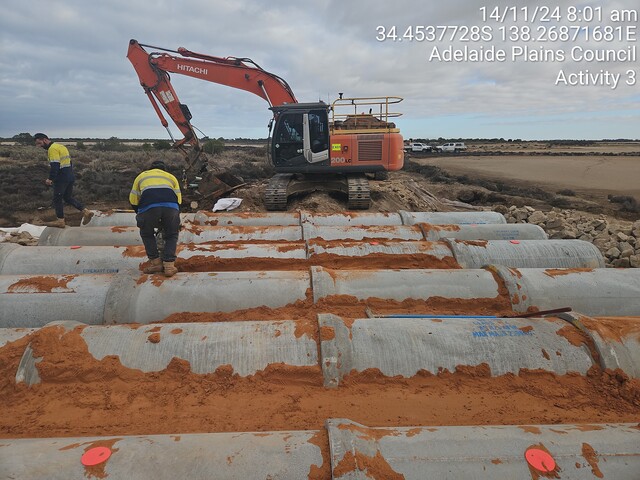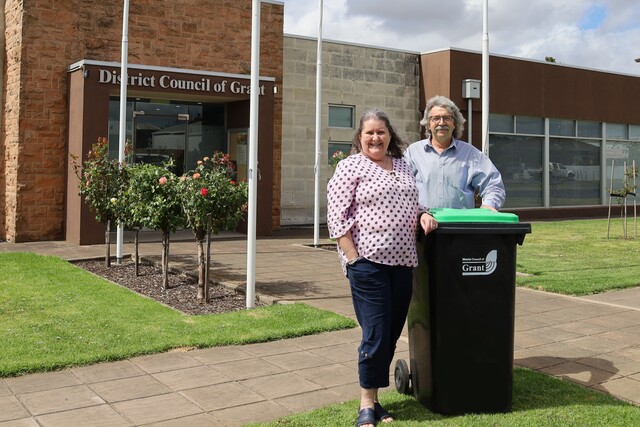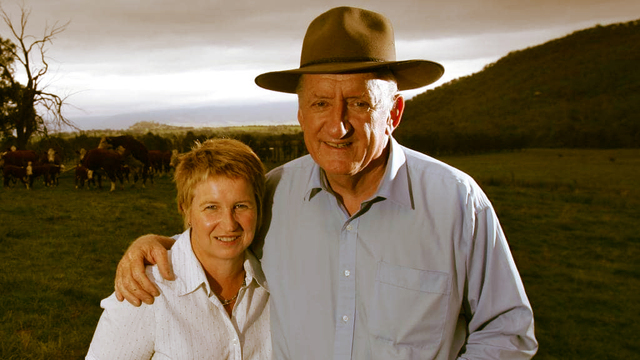The former Hawkesbury Hospital building in Windsor will be the central feature of a major redevelopment, which will include a Home and Community Care Services Centre, private offices and a purpose built library and art gallery.
The hospital building has recently received a facelift as part of an ongoing program by Hawkesbury City Council to rejuvenate the site. Council took on the project with the intention of creating a cultural precinct for the whole community. More than $900,000 has been spent restoring the building, which is a landmark of the City.
“We are proud to be associated with such an important heritage project, giving new life to a wonderful building which has held such a special place in the lives of local people,” said Hawkesbury City Council Mayor, Councillor Rex Stubbs.
The NSW Heritage Office gave $300,000 to help fund the restoration work. This has included the removal of a red brick administration block at the front of the building and the reinstatement of the 1911 entry, brick fence and driveway. Special iron work along some verandahs was re-cast from some original pieces.
The building is now as it was after major renovations were carried out in 1911. At that opening, it was said that the building formed an adornment which the people should be proud of, apart from its practical side. Almost a century later, this sentiment still holds true.
Evidence of the European history of the site dates back to 1820, with the construction of a convict barracks. By 1825 the barracks had been converted to a convict hospital with added outbuildings, including the former mortuary which is still located on the site. In the 1840s, it became a general hospital. Apart from those parts of the building still remaining, the only evidence available of its 1911 appearance was photographs taken between 1911 and 1938.
Detailed drawings for the restoration works were prepared by counting brick courses from the photographs and relating elements to be constructed to these brick courses, to determine their size and position. A major part of the restoration consisted not only of the reconstruction of the verandahs where they no longer existed, but also the reinstatement of the existing rear verandahs, which had seriously deteriorated over the years.
Council is now looking for tenants and funding from the lease will allow Council to recoup its project expenses, offset maintenance costs and eventually form an income stream to provide additional community facilities.







